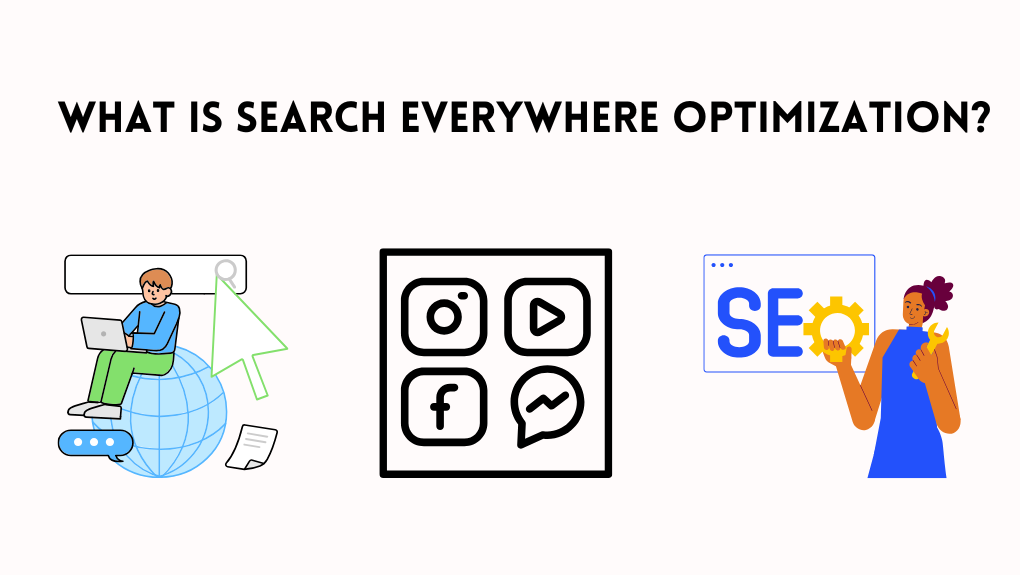Embrace Machine Learning in 2023: Types and Reasons
Technology continues to advance at an incredible rate, with machine learning being one of the most exciting developments. The ability to teach machines to learn from data and predict the future is transforming many industries and its applications are only growing. In this article, we'll look at the main features of machine learning and why you should use it in 2023.
What exactly is Machine Learning?
As it entails teaching a machine to learn more rapidly and intelligently, machine learning can be thought of as a subset of artificial intelligence technology. Machine learning aims to help computers learn more and more quickly from experience, in contrast to artificial intelligence (AI) technology, which mimics human intelligence by allowing computers to learn from experience.
If a business needs ML, then a machine learning development company usually comes to the rescue, since only specialized companies have enough personnel and knowledge for such purposes. Making AI solutions quicker and smarter is the aim of the machine learning process, as this will enable them to do tasks more effectively.
What Types of Machine Learning Exist and Why Are They Useful?

There are three types of machine learning: supervised learning, unsupervised learning, and reinforcement learning. Each kind serves a particular function and has diverse applications.
A) Supervised Learning
The most frequent kind of machine learning which can be developed by software development company is supervised learning, in which the algorithm is taught using labeled data. Labeled data are input-output pairs in which the algorithm learns to map input data to an output based on examples. The aim of supervised learning is to build a model that can predict the output for fresh input data with high accuracy.
Develop applications that can benefit from supervised learning, including image identification, voice recognition, natural language processing, and anticipating consumer behavior. In image recognition, for example, the algorithm is trained on a collection of tagged photos to identify the objects inside the image.
B) Unsupervised Learning
Unsupervised learning entails training algorithms on unlabeled data so that the system may learn to detect patterns and structures in the data. In contrast to supervised learning, there is no specified outcome that the algorithm attempts to anticipate. Instead, the idea is to find hidden patterns or commonalities in the data. Unsupervised learning may be used in a variety of applications, including clustering, anomaly detection, and dimensionality reduction.
C) Reinforcement Learning
Reinforcement learning is a sort of machine learning in which the algorithm discovers new information via trial and error. The algorithm interacts with its surroundings and gets feedback in the form of prizes or penalties, enabling it to learn which behaviors result in favorable and which result in bad results. Reinforcement learning is useful in applications such as gaming, robotics, and self-driving cars. For those interested in enhancing vehicle performance, the chiptuning files service can be an essential tool. A reinforcement learning system, for example, may be used to teach a robot to traverse a labyrinth, with prizes for reaching the finish and penalties for striking barriers.
Main Reasons to Use Machine Learning in 2023

A) Enhance Business Performance
Machine learning may help firms obtain a competitive edge by increasing the efficiency and effectiveness of their operations. Machine learning algorithms can examine data and detect trends using predictive analytics, allowing organizations to make educated choices that increase performance.
B) Improve the Client Experience
From tailored suggestions to enhanced customer service, the application of machine learning may greatly improve the customer experience. Customer data and activity patterns may be analyzed by machine learning algorithms to forecast preferences and offer items or services that match their requirements. This enables companies to provide a more tailored experience for their consumers, increasing happiness and loyalty.
C) Maintenance that Is Predictive
Machine learning can forecast equipment failure, allowing firms to do preventative maintenance and save downtime. Machine learning algorithms may predict possible faults before they arise by evaluating equipment data, enabling firms to plan maintenance at a convenient time and prevent expensive repairs.
Conclusion
Machine learning is already transforming many industries, and its applications will only grow in 2023. Businesses can stay ahead of the curve by embracing this technology, reaping the benefits of more efficient operations, increased customer satisfaction, and improved outcomes across multiple sectors.







